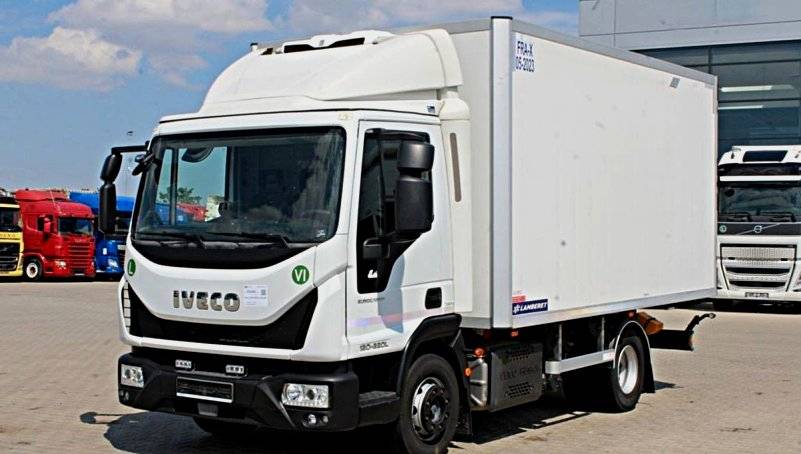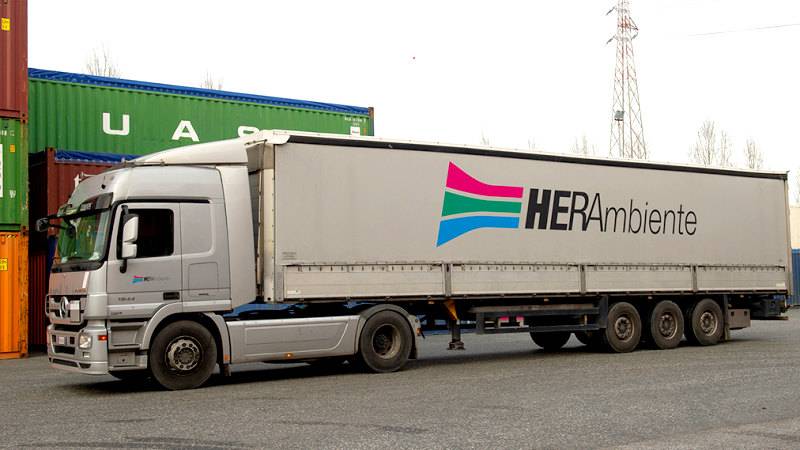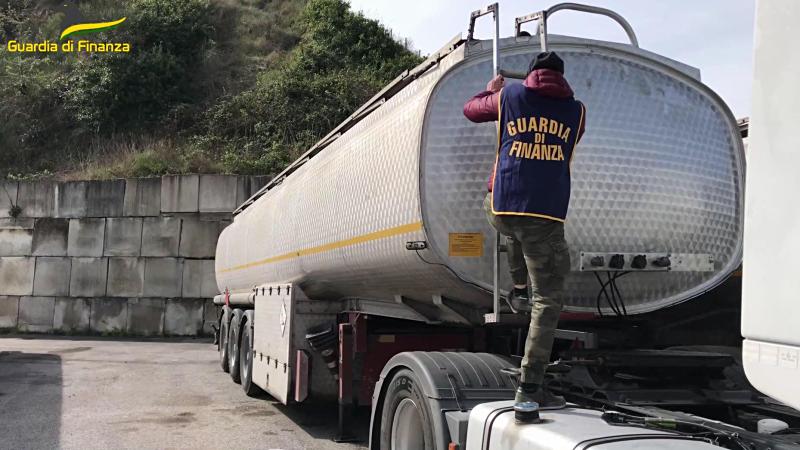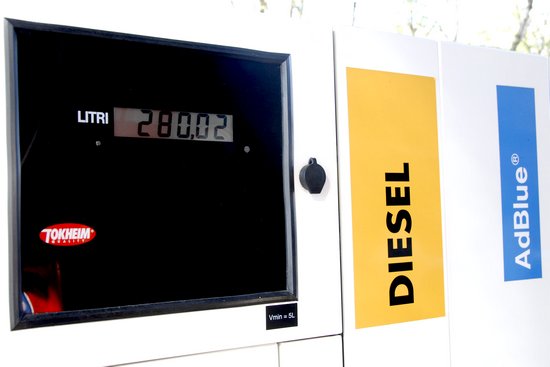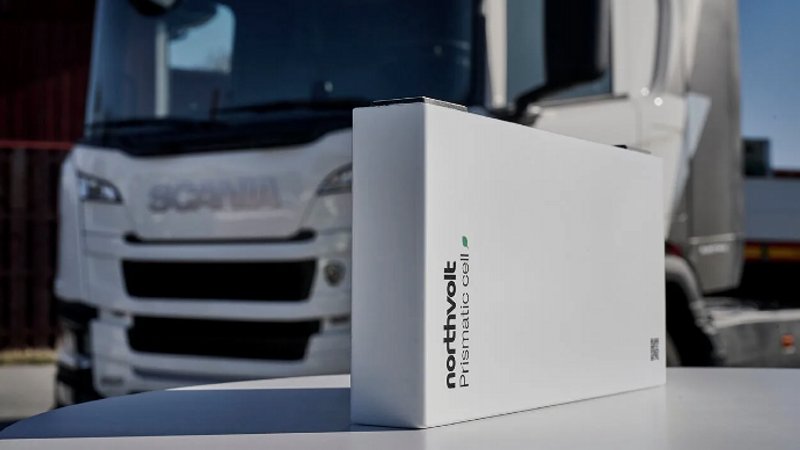In the third week of March 2025, global air cargo is showing clear signs of recovery on an international scale. According to weekly data released on 28 March by WorldACD Market Data, average spot and contract rates recorded significant increases, bringing price levels back in line with those seen in mid-January and during the previous summer. This is a clear indicator that the market, particularly in Asia, is gradually regaining ground after the pause brought on by the Chinese New Year.
In the week from 17 to 23 March (week 12), global average spot rates rose by 5 per cent, reaching 2.69 dollars per kilo, while contract rates increased by 3 per cent, standing at 2.40 dollars per kilo. The weighted average between spot and contract rates reached 2.45 dollars per kilo, marking a 3 per cent increase compared to the same period in 2024.
This upward trend occurred despite a slight decline of 1 per cent in total cargo volume compared to the previous week. However, on a year-on-year basis, transported weight remains 3 per cent higher, confirming an underlying positive trend. Among the main regions of origin, only Asia Pacific and Africa posted weekly volume increases, each by 1 per cent. Notably, volumes from Asia Pacific rose by 10 per cent year-on-year, though this figure should be interpreted with caution, as the earlier timing of the Chinese New Year in 2025 (celebrated on 29 January compared to 10 February the previous year) may have influenced the year-on-year comparison.
Geographically, nearly all regions around the world reported increases in both average and spot rates during the twelfth week. Particularly notable were the sharp weekly spot rate increases from Central and South America, up 13 per cent to 1.80 dollars per kilo, and from Asia Pacific, up 5 per cent to 3.71 dollars per kilo. Exports from the Middle East and South Asia (Mesa) also rose by 3 per cent, reaching 2.81 dollars per kilo, although still well below the levels recorded a year ago during the Red Sea crisis, when rates had peaked 17 per cent higher.
Traffic from Asia Pacific to the United States has been especially dynamic, with the twelfth week marking the sixth consecutive weekly increase in volumes, up 3 per cent, driven by growth in key markets such as South Korea (up 13 per cent), Vietnam (6 per cent), Hong Kong (5 per cent) and China (2 per cent). Spot rates from Asia Pacific to the US rose by 5 per cent to 5.16 dollars per kilo. The China–US route stood out with a 12 per cent spike, pushing the spot rate to 4.53 dollars per kilo, the second-highest value recorded this year, surpassed only by early January figures. Interestingly, while rates from Hong Kong to the US fell by 9 per cent in the week under review, other Asian markets showed notable increases: Taiwan was up 16 per cent, Malaysia 13 per cent, Vietnam 10 per cent and Japan 7 per cent.
Connections from Asia Pacific to Europe are also benefiting from the post-New Year recovery, with the twelfth week marking a sixth consecutive increase, albeit a more modest one at 2 per cent. Volumes rose from Thailand (up 6 per cent), South Korea (5 per cent), China (3 per cent) and Hong Kong (2 per cent), while Japan saw an 8 per cent decline. Spot rates to Europe rose by an overall 2 per cent, driven by rate increases from China, South Korea and Taiwan, each up 6 per cent. China, in particular, reversed a four-week downward trend, bringing spot rates back to 4 dollars per kilo, though still 5 per cent below the average levels recorded in January.
After months of pronounced instability, routes from the Middle East and South Asia to Europe are beginning to show signs of normalisation. The twelfth week recorded a slight rise in volumes and spot rates, offsetting the drop in exports from India with a recovery in flows from Dubai and Colombo. Spot rates from Mesa to Europe increased by 2 per cent, driven by price hikes from Dubai (up 6 per cent) and India (4 per cent), which counterbalanced the 3 per cent fall from Colombo. However, compared to 2024, rates remain significantly lower, down 23 per cent year-on-year, especially from India (down 32 per cent) and Bangladesh (34 per cent).
The Bangladeshi market deserves particular attention, where spot rates to Europe, currently at 2.86 dollars per kilo, have remained stable for five consecutive weeks, holding at levels considered normal. This marks a clear shift from the second half of 2024, when prices had exceeded 5 dollars per kilo due to internal political unrest and resulting disruptions to both air and sea freight transport.
In summary, the air freight market is showing tangible signs of stabilisation and revival, with positive momentum along key international routes. In particular, the strong recovery in flows from China to the United States and the return to more sustainable pricing in volatile markets such as Mesa point to a gradual return to normality, though geopolitical and seasonal factors still warrant cautious optimism.






























